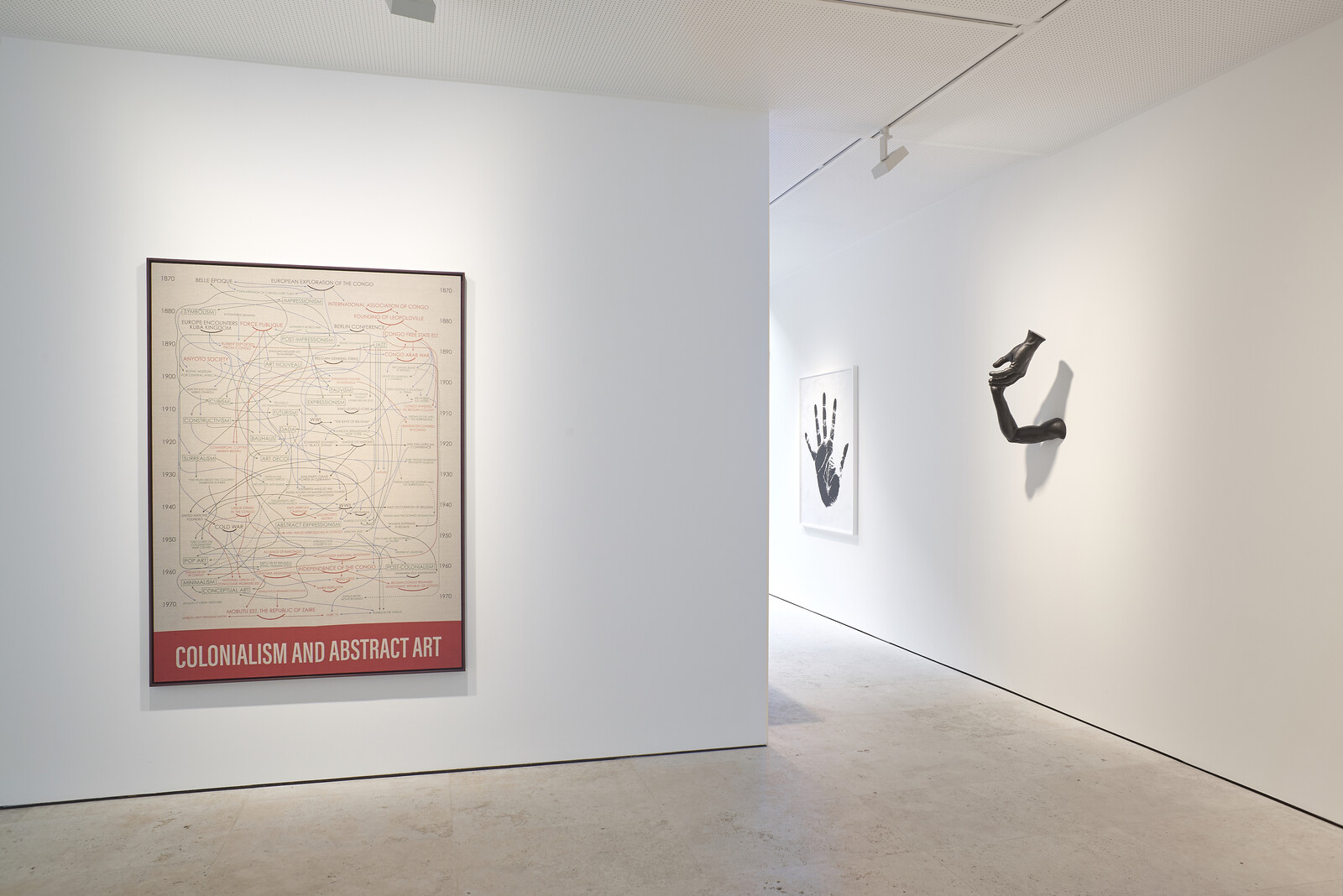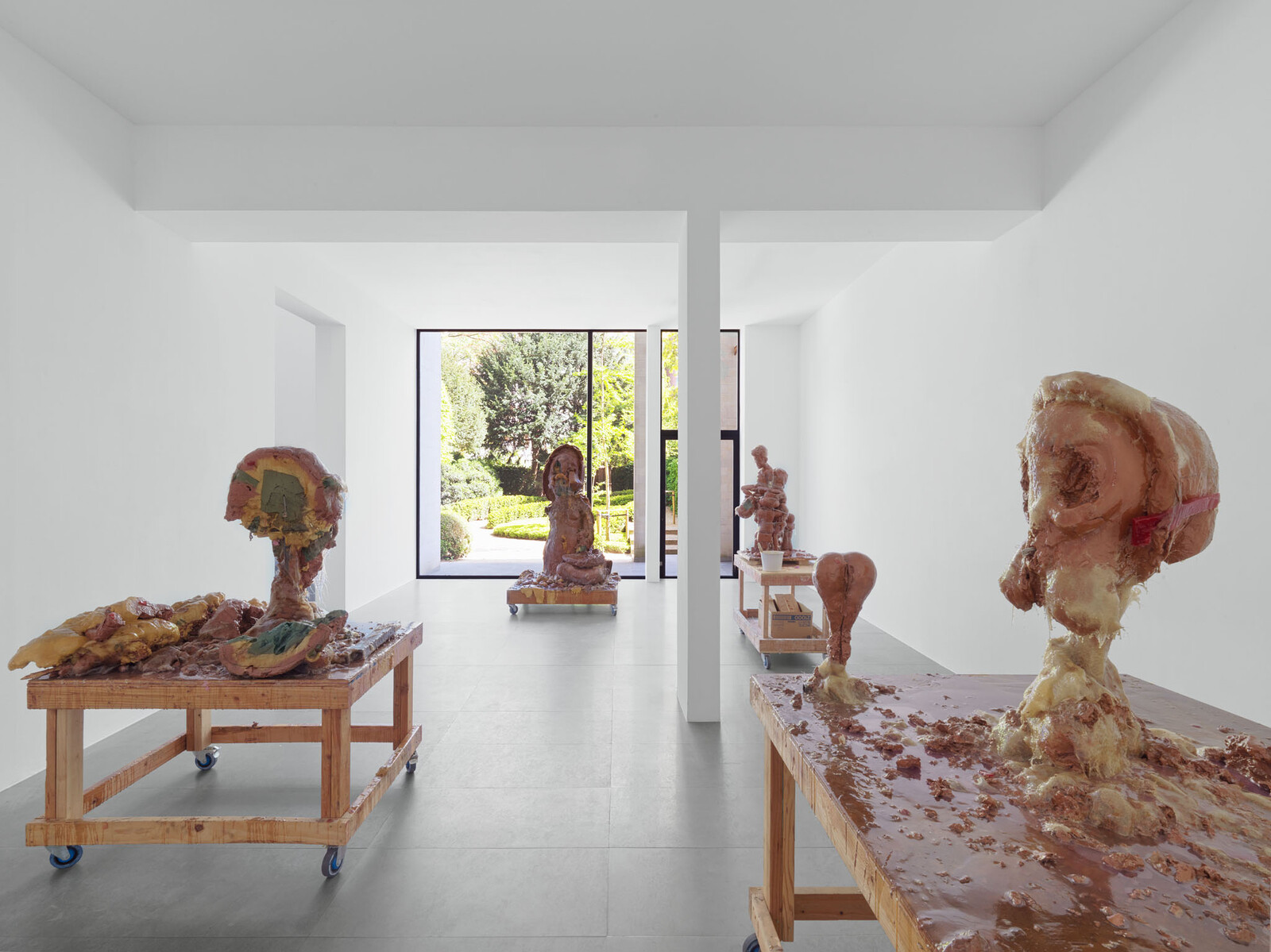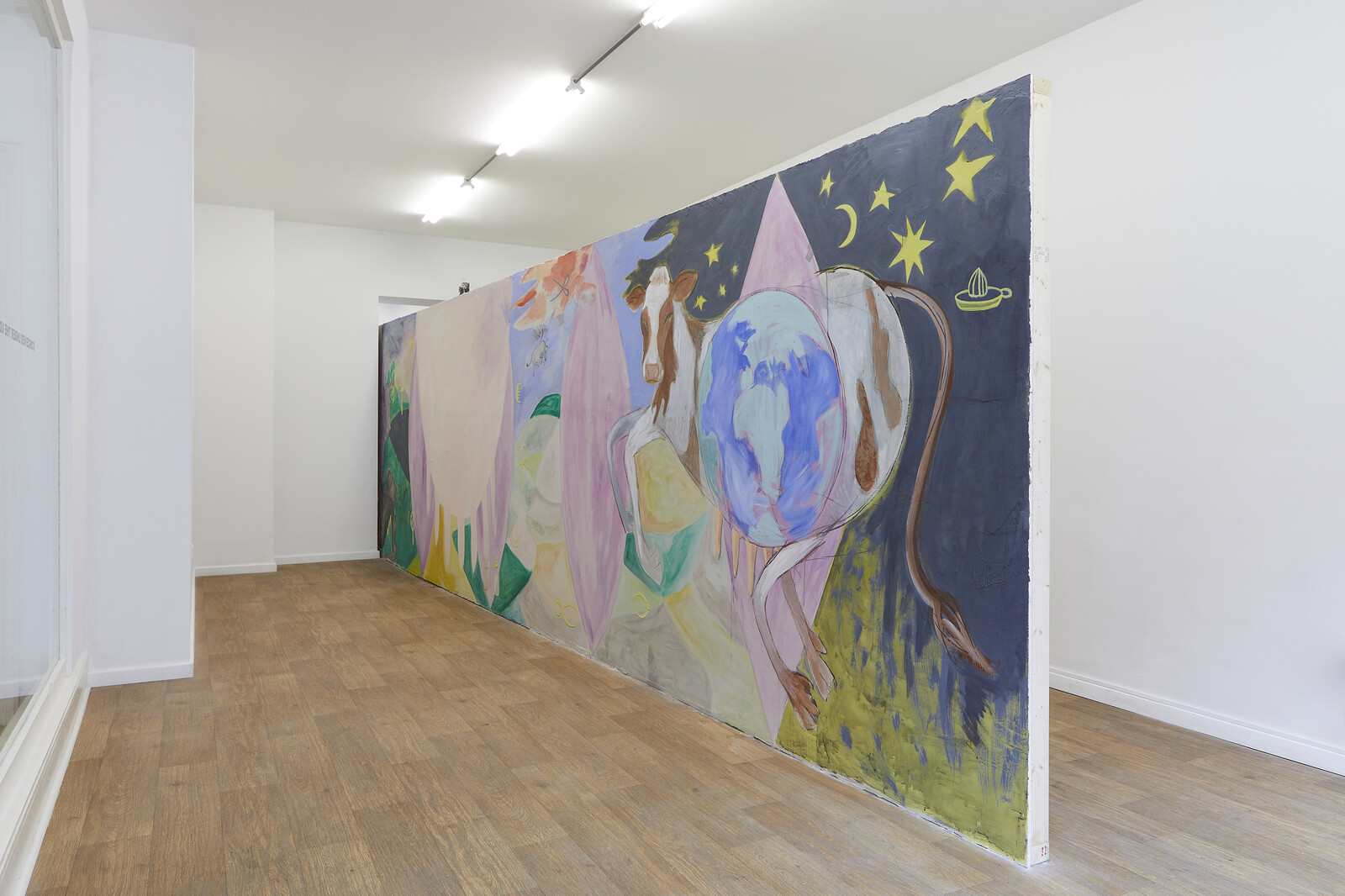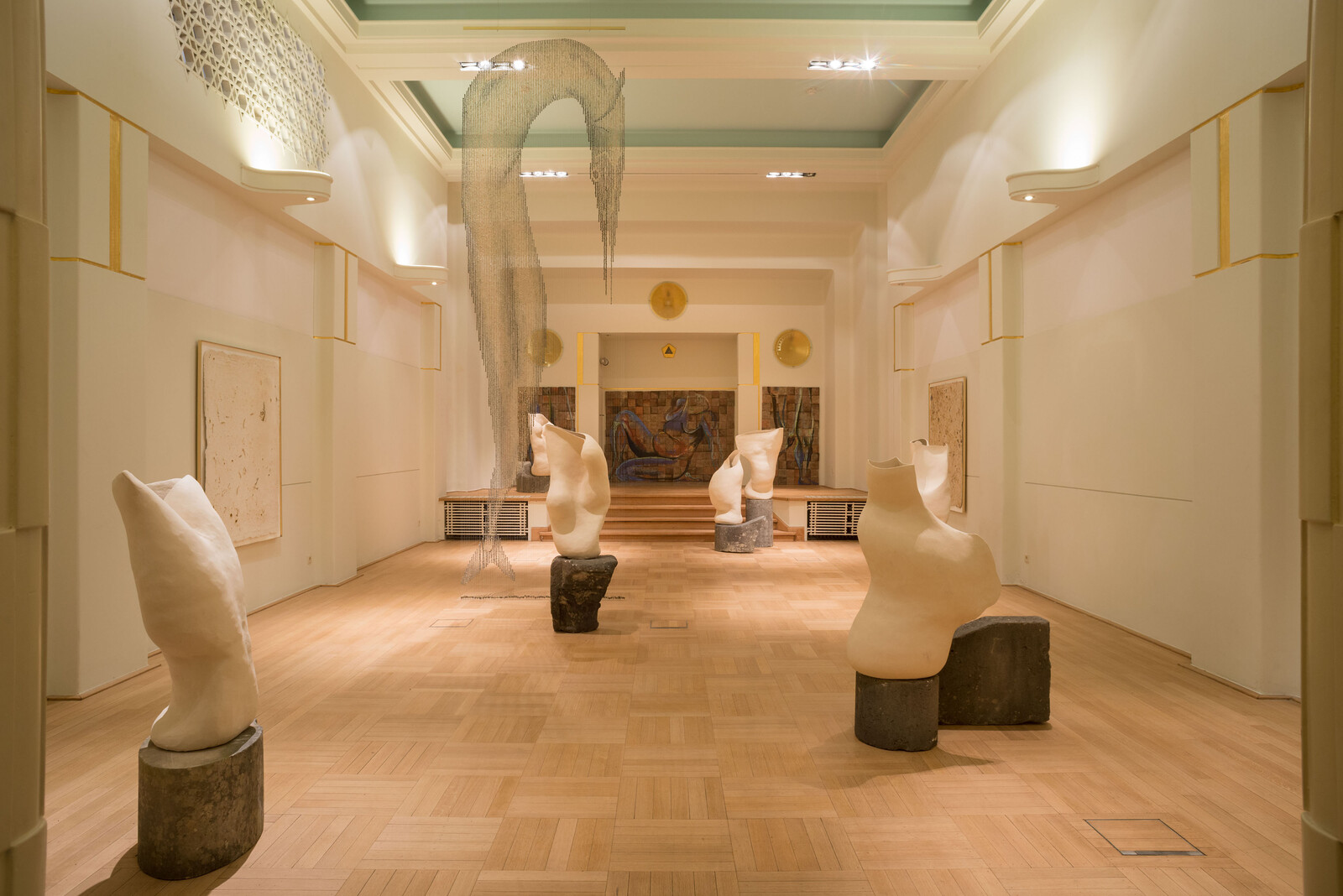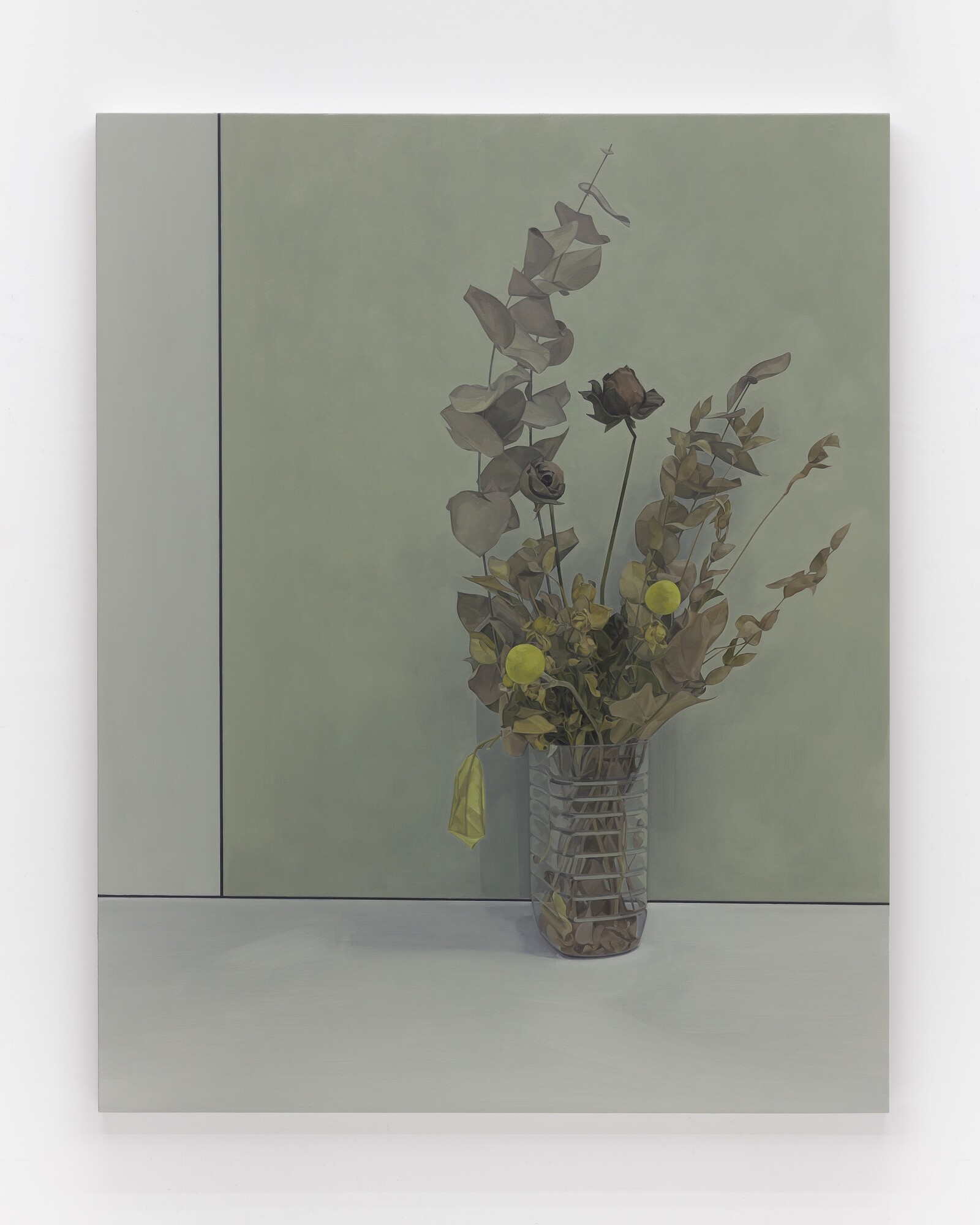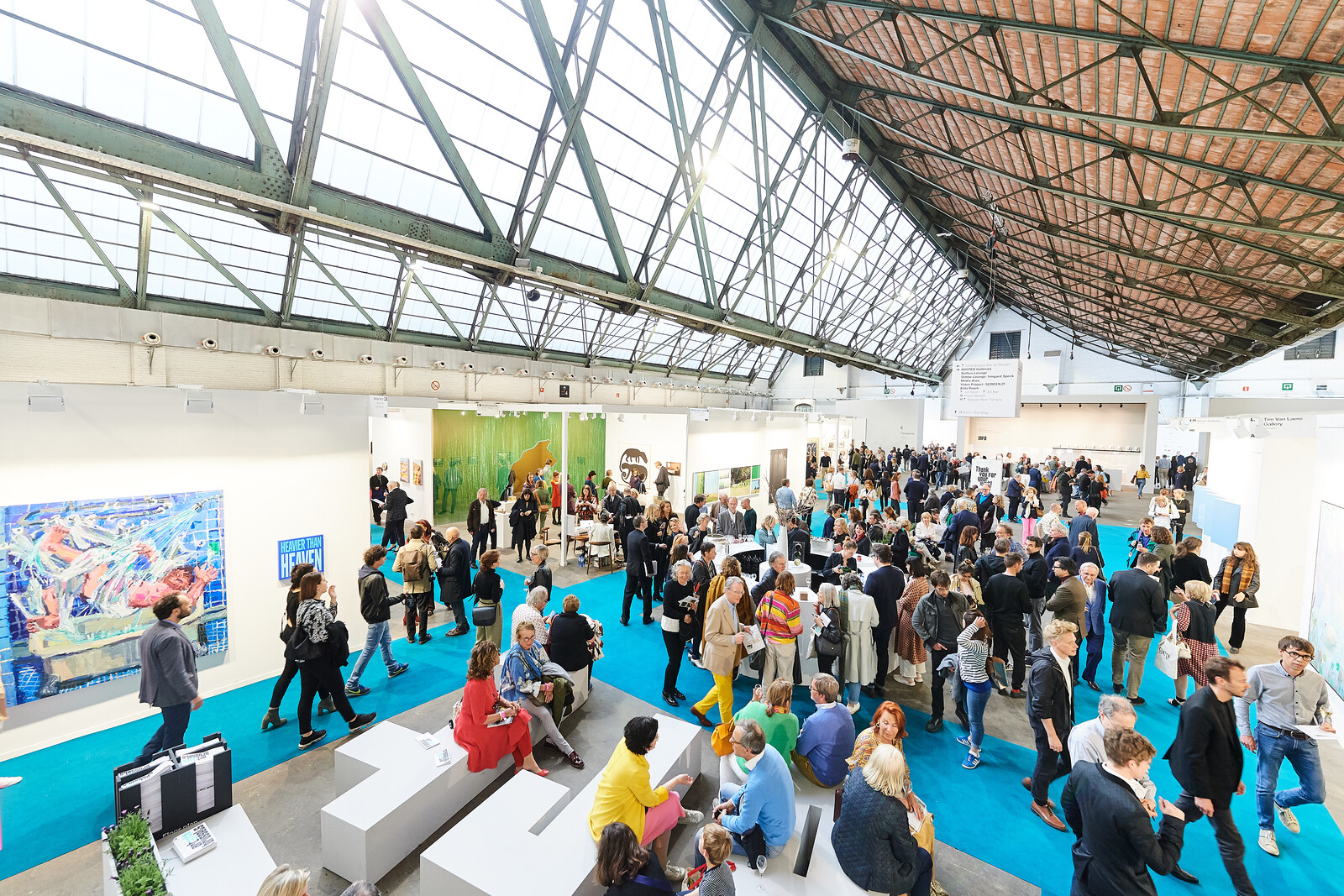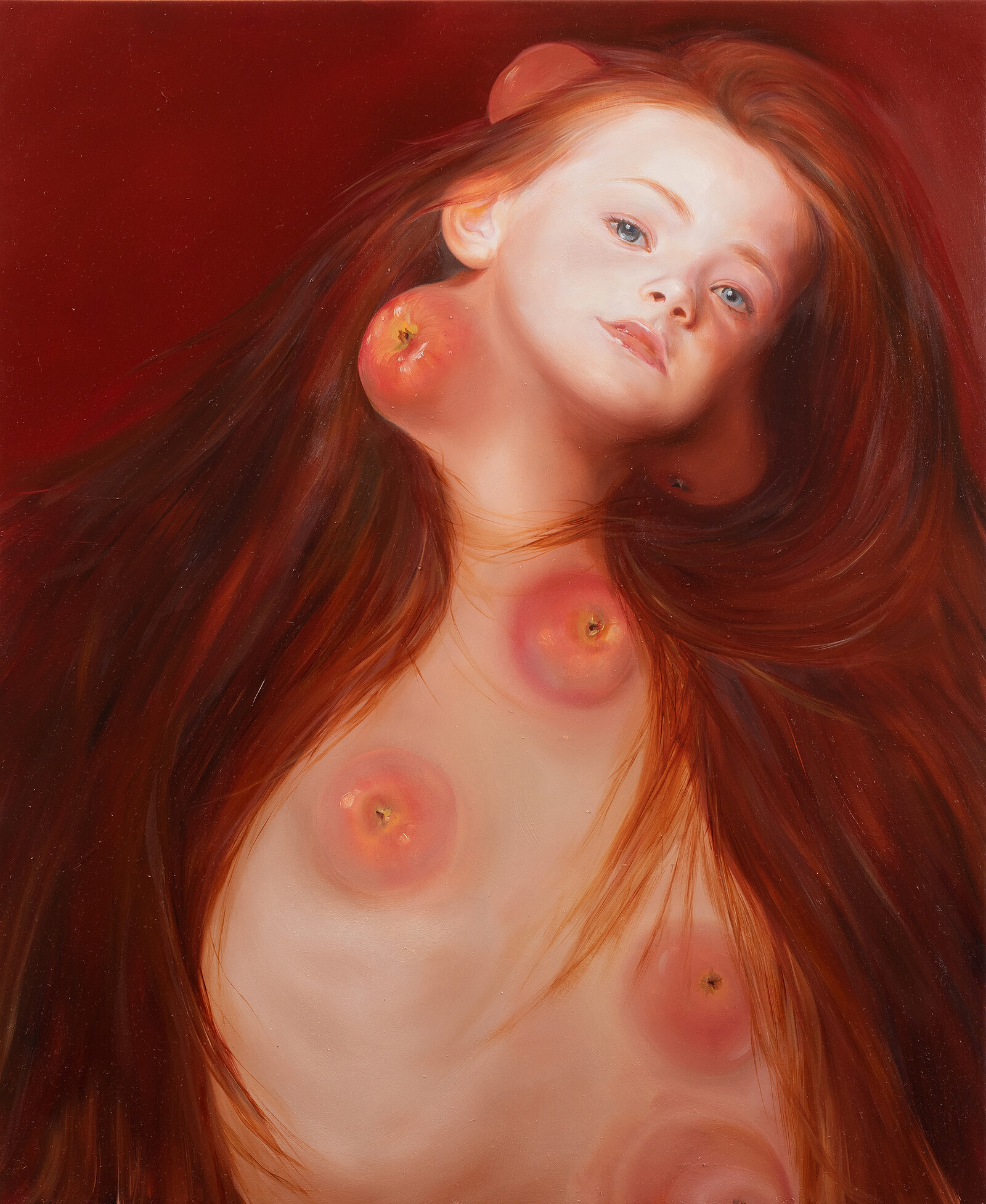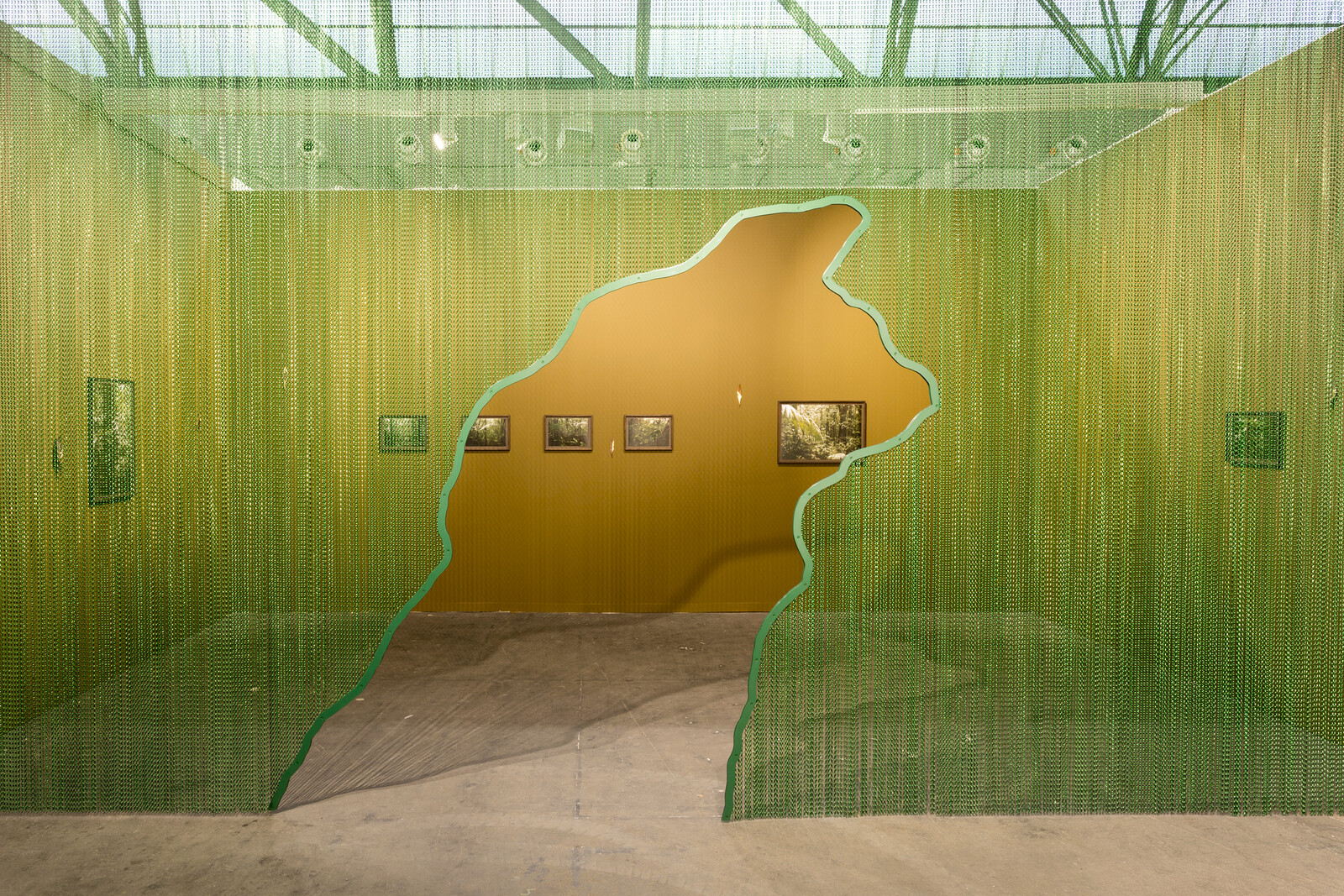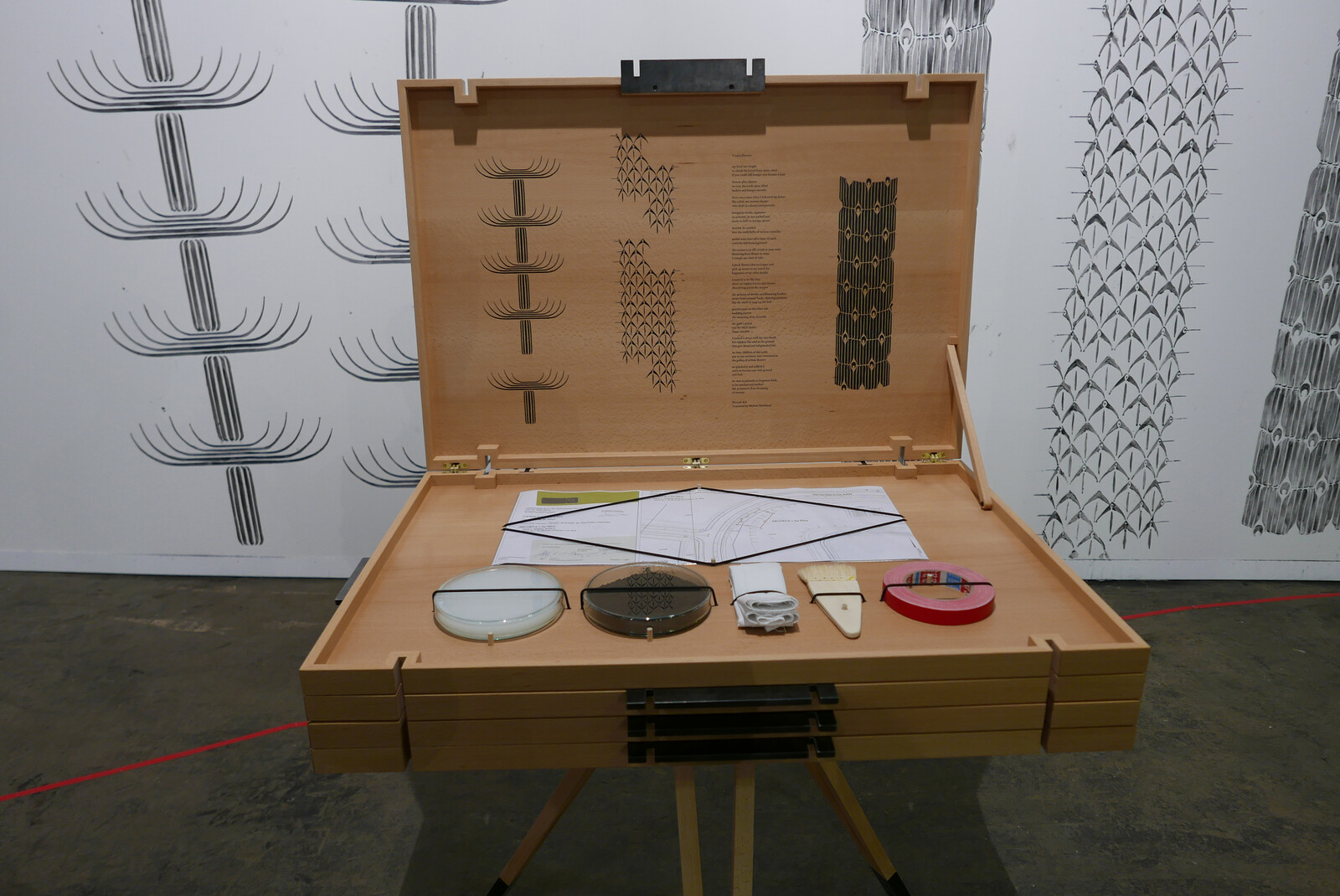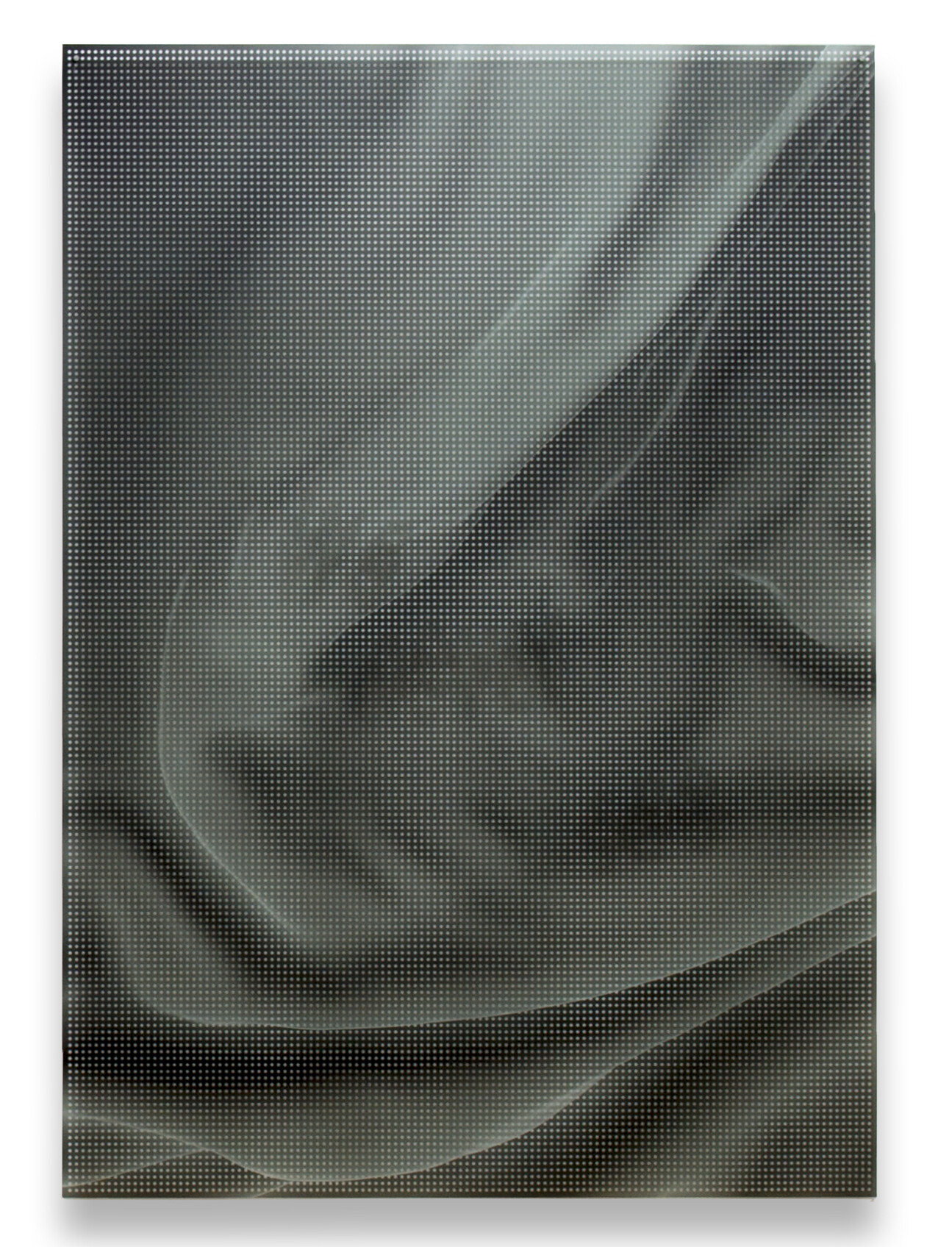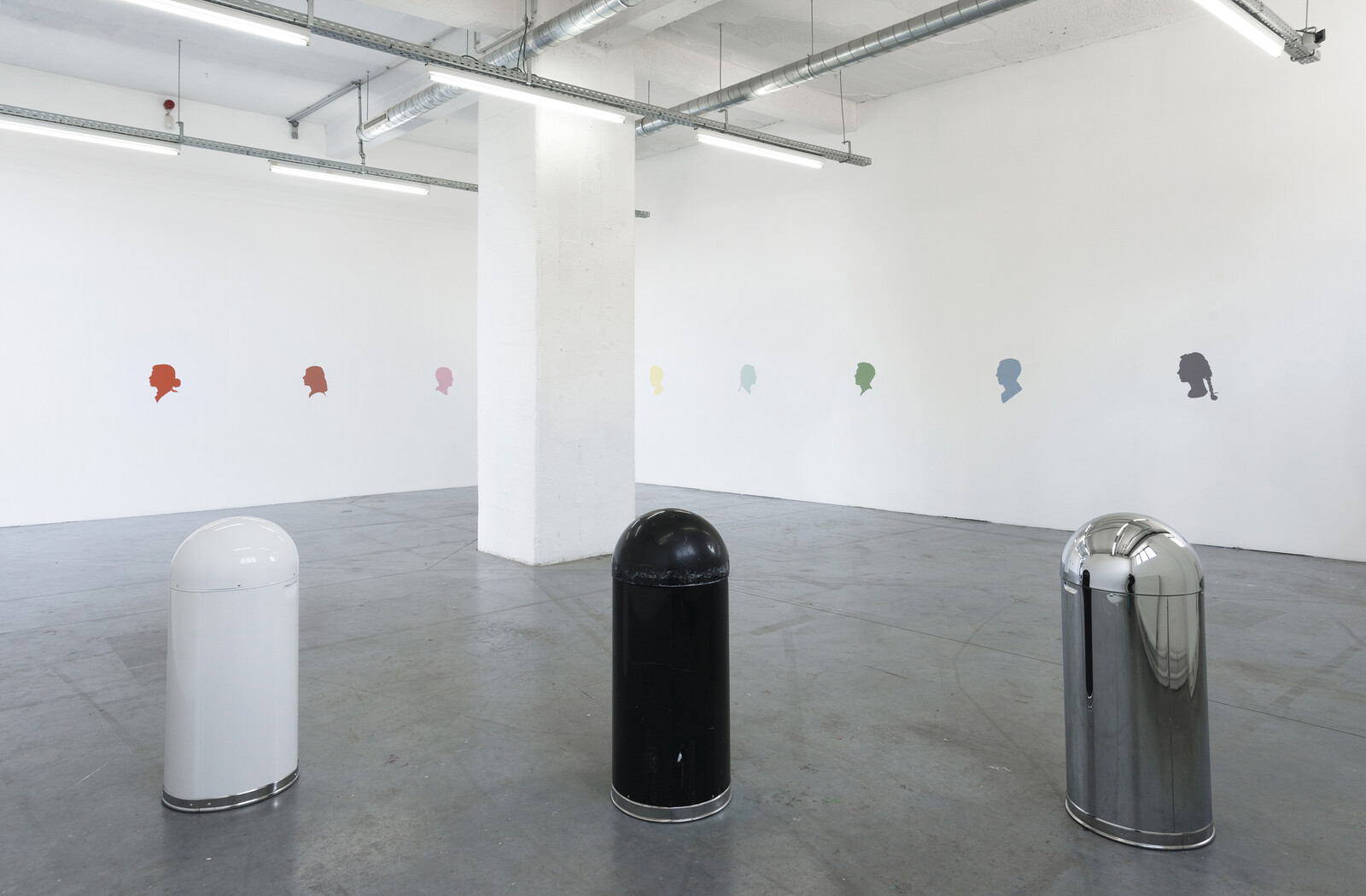Often referred to as the chocolate capital of the world, it’s said that no visit to Brussels is complete without a trip to one of the city’s famous chocolate shops. In Hank Willis Thomas’s exhibition “Donnez votre main” at Maruani Mercier, the American artist shows a new body of work which posits an uncomfortable truth: Belgium’s predilection for chocolate is explicitly linked to its colonization of Congo under King Leopold II. The grizzly practice of cutting off the hands of the wives and children of workers who didn’t meet the king’s strict quotas for natural resources like cocoa, ivory, and rubber is represented throughout the exhibition, most notably in a collection of framed Antwerpse handjes—traditional Belgian chocolates shaped like hands—which Willis Thomas has arranged into patterns traditionally associated with Congolese textiles. The rest of the exhibition is dedicated to a number of screenprints mostly based on archival photographs of Belgium and Congo during colonization—made on retroreflective material that is only fully revealed when photographed. It can sometimes feel tedious, if not downright gimmicky, to view an exhibition through a cellphone screen, but this is an admittedly clever way of linking historic examples of exploitation and human rights abuses in Congo with contemporary ones—smartphones require the use of coltan, much of which is mined in the country.
While the violence in Willis Thomas’s exhibition is implied, in Paul McCarthy’s “Mixed Bag” it is explicit. It starts well; the nastiness of his mutilated pig sculpture Piggies, Painted (2006–18) in the opening room at Xavier Hufkens is initially a delight, but the kind of giddy intensity that the American artist excels in becomes tiresome after multiple rooms. Here, it culminates in two large-scale paintings with extreme images from porn magazines (such as a woman with her mouth full of shit) stuck cavalierly to their surfaces. Of course, it would be naive to expect anything else from an artist whose decades-long career has been driven by an obsession with bad taste and taboo breaking. But, at the risk of sounding trite, McCarthy’s focus on, to quote the press release, “magnify[ing] and intensify[ing] base human drives and desires” simply replicates a dystopian view of humanity that feels neither helpful nor particularly novel in the current climate.
Elsewhere, two exhibitions share themes of collaboration, nature, and womanhood. At Damien & The Love Guru, the group exhibition “Global Cows” is dominated by a massive wall painting (Fresco, 2019) painted by the participants, Vanessa Disler, Tiziana La Melia, Nina Royle, Lucy Stein, and Charlott Weise, inspired by a pilgrimage the five artists (and Stein’s ten-month-old baby) took through Cornwall. Over at non-profit space La Loge, Zöe Paul makes full use of the unusual architecture of the building, previously a Masonic temple, to create a craft-heavy ode to Despina, the Greek goddess of nature and fertility. Among the works on display is a number of large ceramic vessels that were made through a technique of repeatedly pulling up the clay and allowing it to collapse, which the artist sees as an act of nurture and care. Another standout example of an artist dealing with domestic spaces is Gillian Carnegie’s darkly atmospheric presentation at dépendance. Technically accomplished, Carnegie’s oil paintings present familiar subjects—portraits, stairs, cats, cut flowers—in a palate that verges on grayscale. Although it’s the British artist’s skill that initially draws viewers in, the odd details are what captivates. If, for instance, the interiors featured in the paintings suggest an understated glamour, why are the wild flowers in Aminadab (2018) stuffed unceremoniously into the bottom half of a plastic bottle?
Over at Art Brussels, Galerie Templon, from Paris, delivered a veritable Easter basket of kitschy wonders, including a sequined shellfish by Jan Fabre (Belgian Crayfish in ecstasy (for the Flemish), 2018) and a group of grotesque oil paintings by Oda Jaune, based on the biblical story of Eve being made from Adam’s rib. Genuinely repulsive in their depictions of bodies in the midst of terrifying transformations, such as a man with what looks like a baby’s forearm in place of legs, they certainly draw attention, even at a crowded art fair. The opposite was the booth of São Paulo gallery Mendes Wood DM, whose elegant, understated solo presentation of works by Daniel Steegmann Mangrané was accessible through a sleek aluminum curtain (Untitled, 2019). Behind this screen hung his lush photographs of vegetation from the Atlantic Forest, the Brazilian rainforest located on the Atlantic coast, delicately overpainted with tiny triangles. As with much of Steegmann Mangrané’s output, the juxtaposition of organic and geometric forms is deliberate, undermining the human-centered distinctions between nature and culture, the natural and the artificial.
Arguably, the weakest of the sections was the one dedicated to emerging galleries, “Discovery,” which mostly offered a sea of rainbow-brights. The two galleries that did stand out featured rather austere, conceptual works. Berlin-based NOME showed works from Goldin+Senneby, including two prints from the series “Force Directed Predictions” (2017) that offered a visual representation of price changes in the art market. At Hamburg’s Galerie Conradi, the motifs of Yann-Vari Schubert’s chalk on blackboard series “Untitled (Spline)” (2019) were made possible through machine intelligence—they initially look hand-drawn, but Schubert’s patterns are made by a computer-controlled milling machine based on the trajectories of lengths of string “falling” through virtual space and landing on the ground, which the artist simulated in a 3D animation program.
Beyond the fair, at WIELS, an exhibition by Ellen Gallagher combines a representative collection of the artist’s work from the past 20 years. It includes a selection of her enigmatic black paintings made from ripped pages from magazines intended for black audiences, which are obscured by rubber and high-gloss enamel, with two striking room-sized film installations, Osedax (2010) and Highway Gothic (2017), made in collaboration with Edgar Cleijne. A contemporary art center and residency program located in a former brewery, WIELS excels at exhibitions like this, which toe the line between what director Dirk Snauwaert called in a past interview “a sort of middle ground between a mid-life career survey and a specific project.”1 Downstairs in the project space, former artist in residence George Rippon is well aware of his place in the institution’s pecking order; his exhibition’s title, “Upper Lower Middle,” refers to the physical separation between the tiered levels of the three exhibition spaces at WIELS, as well as, according to the artist statement, “order, position, [and] status.” Rippon’s work comprises three different versions of the same US-made trash bin (one of which came directly from his father’s apartment) and nine silhouettes of the other artists involved in his year of the residency shown “at the same height in no hierarchical order,” which I took as a canny reference to the necessity of strong social networks and institutional support for young artists to break away from the pack. Leaving the exhibition, I couldn’t help but wonder how many of the artists in this graduating class were already participating in the nearby fair, one step further up the ladder.
Francesca Gavin, “The Rebirth of Brussels: Is the Belgian Capital the New Berlin?” Artsy (April 21, 2014), https://www.artsy.net/article/francesca-gavin-the-rebirth-of-brussels-is-the-belgian.
